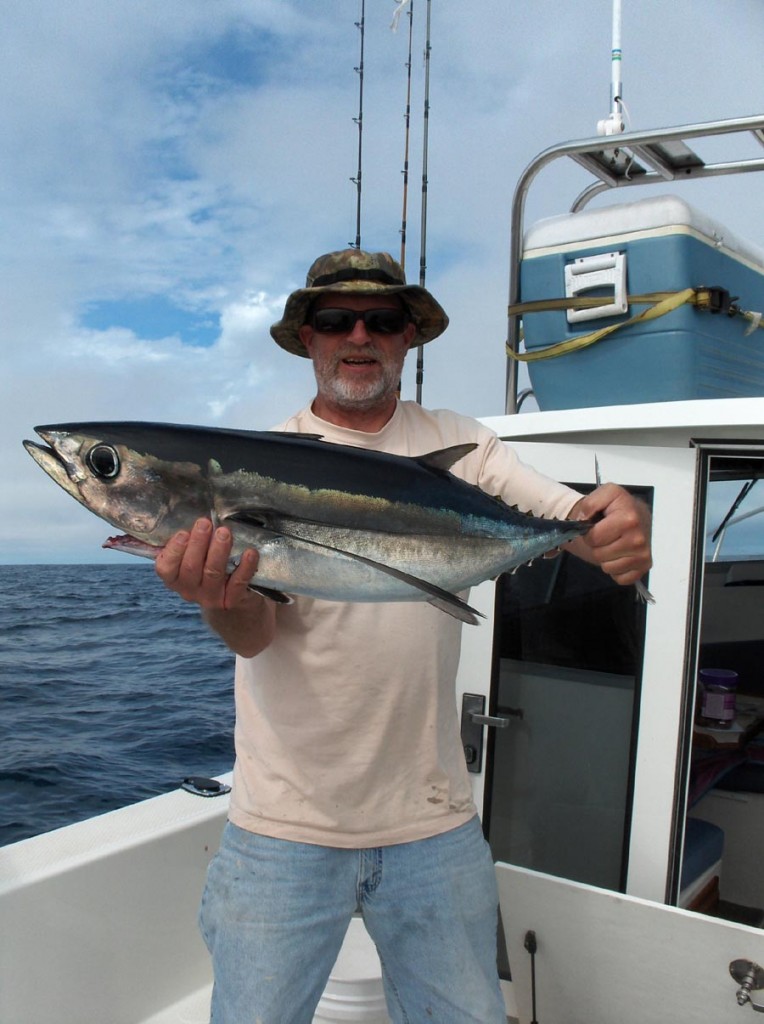EARL SANDE
Sometime in the middle of August I was pulling scotch broom from our property around the house. I usually spend a couple hours a week year around doing that because I dislike it almost as much as Japanese knotweed, tansy, ivy and the rest of those awful plants that came from Europe and Asia.
I spotted a two-foot tall scotch broom about 30 feet away and headed straight for it. When I got to it I was shocked to see an 18-inch diameter bald-faced hornet nest three feet from me in a huckleberry bush. I sheepishly backtracked to a safer distance. I left them alone because they were at least 300 feet from the house and like most insect eating predators they have an important role to play in the local ecosystem.
Another close encounter I had was 20-years ago on the Hamma Hamma River. I was looking for Chinook salmon when I was on the board of the Hood Canal Salmon Enhancement Group. I looked away from the river and not four feet away at eye level was a three-foot diameter bald-faced hornet nest. It was probably only two feet around but it sure looked big! I slowly kept walking without incident.
I got to wondering about these creatures, so I did a little reading about them and discovered they aren’t hornets at all; they are wasps.
The only hornets in North America came from Europe and live on our east coast. Then I found out that yellow jackets are also wasps and there are at least 11 different species in America with at least four species in the Puget Sound area
Bald-face hornets are much larger than other yellow jacket wasps and have no problem killing them and flying back to the nest to feed the young wasps. Many different insects are hunted down to supply food for the young.
These stocky wasps are nearly an inch long with little hair and are mostly black with some yellow stripes. They are usually not aggressive to humans unless you disturb the nest, which if you do you could be hurting for certain!
Their large enclosed paper nests are almost always above ground on a bush or tree anywhere from three to 60 feet above the ground with an entry hole as big as your thumb. The nest can be as large as 26 inches in diameter, but often smaller.
A few years ago I was moose hunting in British Columbia and my guide said a large nest could sell for a thousand dollars in the city of Prince George.
By the end of November all the bald-faced hornets are dead and by the end of September the new queens that were fertilized by the newly hatched males will find a dry place to hibernate for the winter and wait until late spring to attempt the always difficult task of building a new successful nest.
In Washington the life cycle of the nest is about four months, but farther south they may last a little more than six months.
It takes about three weeks for the eggs to develop into working adults
Bald-faced hornets have a smooth stinger and can sting more than once.
And like other social wasps, they have a caste system that has allowed the species to survive for millions of years. They all know what their job is for the nest to be successful for the summer. The fertile queen that started the colony lays the eggs, and the infertile female workers build and maintain the nest and young.
The male worker drones lack stingers and are born from unfertilized eggs.
At the end of the nest cycle the new fertile queens when fertilized will hibernate and be ready to start a new colony the following spring.
Other local wasps are the aerial yellow jackets that usually build a paper nest above ground under eaves and building overhangs or maybe in a tree.
The western yellow jacket, common yellow jacket and the German yellow jacket almost always build their nest underground in some cavity once made by some small animal, but sometimes they will nest in a wall or attic.
The German yellow jacket wasp appeared about 1980 and has been a problem because like many introduced species they are a little better at just about everything compared to our native yellow jackets. They are smarter about remembering where they find food and are excellent hunters which allows for most nests to survive the summer season, which expands their population every year slowly taking over the wasp world. Humans have unintentionally introduced them around the globe with terrible results closer to the equator because the nest is much larger and may last year after year.
The paper wasps are longer, skinner and with longer wings. They build an open paper nest that is not covered so the larvae are visible but the open nest is usually small.
There are more than one thousand species of paper wasps worldwide. A new species arrived here from Europe some 30 years ago and have taken over the paper wasp world in the northwest. They are not very aggressive unless you mess with the nest, but the sting is very painful and can be extremely toxic to some animals.
When I was a kid the native mud dauber wasp nests seemed to be on many buildings and we were always afraid of them thinking their sting was a near death sentence. Maybe they are doing fine, but I don’t see them much anymore.
With more world trade, living things are unintentionally being transported around the globe where they don’t belong, creating havoc with native species.
As the world turns life gets more interesting, good and bad.

